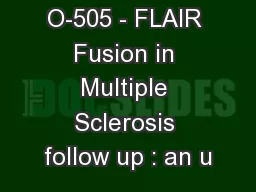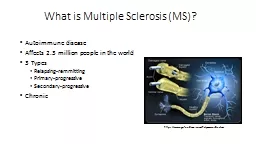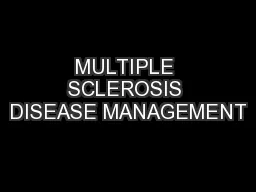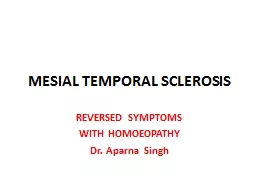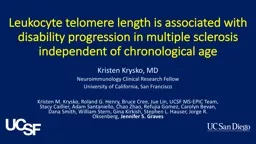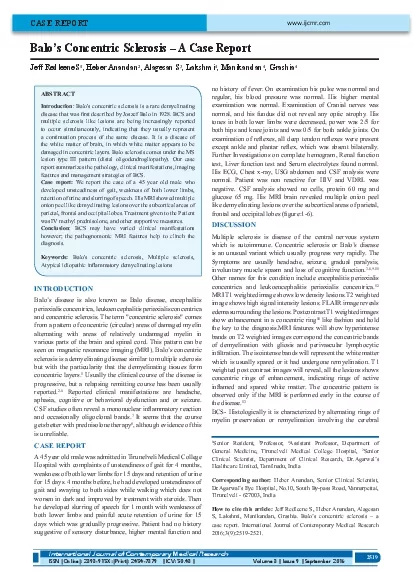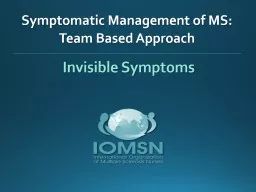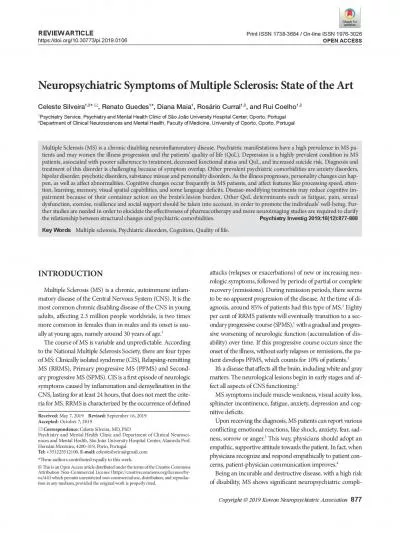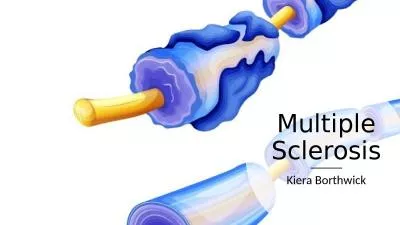PPT-O-505 - FLAIR Fusion in Multiple Sclerosis follow up : an u
Author : cheryl-pisano | Published Date : 2017-10-08
E Lamain O Casez M Vaillant V Lefournier P Tourret M Bakir P Roux J Savatovsky S Cantin CLINIQUE DU MAIL GRENOBLE FRANCE Dr CANTIN Stéphane Groupe C
Presentation Embed Code
Download Presentation
Download Presentation The PPT/PDF document "O-505 - FLAIR Fusion in Multiple Scleros..." is the property of its rightful owner. Permission is granted to download and print the materials on this website for personal, non-commercial use only, and to display it on your personal computer provided you do not modify the materials and that you retain all copyright notices contained in the materials. By downloading content from our website, you accept the terms of this agreement.
O-505 - FLAIR Fusion in Multiple Sclerosis follow up : an u: Transcript
Download Rules Of Document
"O-505 - FLAIR Fusion in Multiple Sclerosis follow up : an u"The content belongs to its owner. You may download and print it for personal use, without modification, and keep all copyright notices. By downloading, you agree to these terms.
Related Documents

